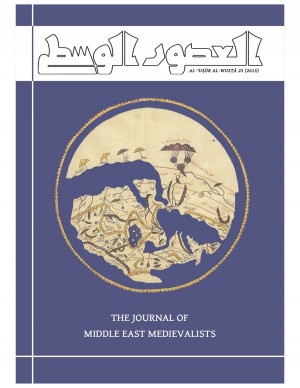Abstract
The application of a Hegelian rise-and-fall narrative to the history of Arabic literature has been erroneously attributed to Ibn Khaldūn and his successors, though it can more probably be traced back to Hammer-Purgstall’s Literaturgeschichte der Araber (1850). Although this paradigm has long been out of favor, its disappearance leaves us without a ready answer to the question of what (if anything) was distinctive about what is still sometimes called the early Abbasid golden age. The prominence of this era in later memory is here traced to the adoption of paper, which supported, on the one hand, the simplification and vulgarization of Arab language, lore, and religion; and on the other, the appearance of the first reliably contemporary eyewitness accounts in Arabic literature. These productions made the period the first Islamic space to be imaginable in almost granular detail, as well as the source of much of what we know about antecedent “Arab” and “Islamic” history. These features gave the period an outsized place even in the pre-modern Arabic tradition. They also made it available for popularization by Jurjī Zaydān, whose Taʾrīkh al-tamaddun al-islāmī (1902-1906) proved formative of later attitudes in Arabic-language scholarship

This work is licensed under a Creative Commons Attribution-NonCommercial-NoDerivatives 4.0 International License.
Copyright (c) 2017 Michael Cooperson

